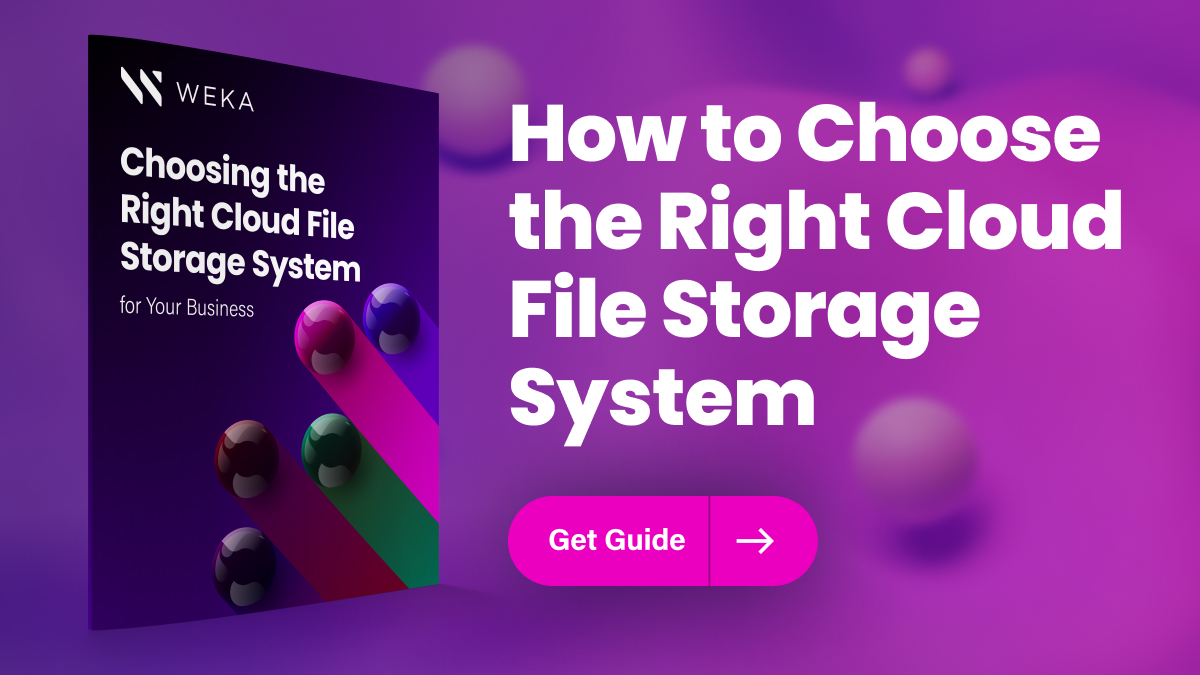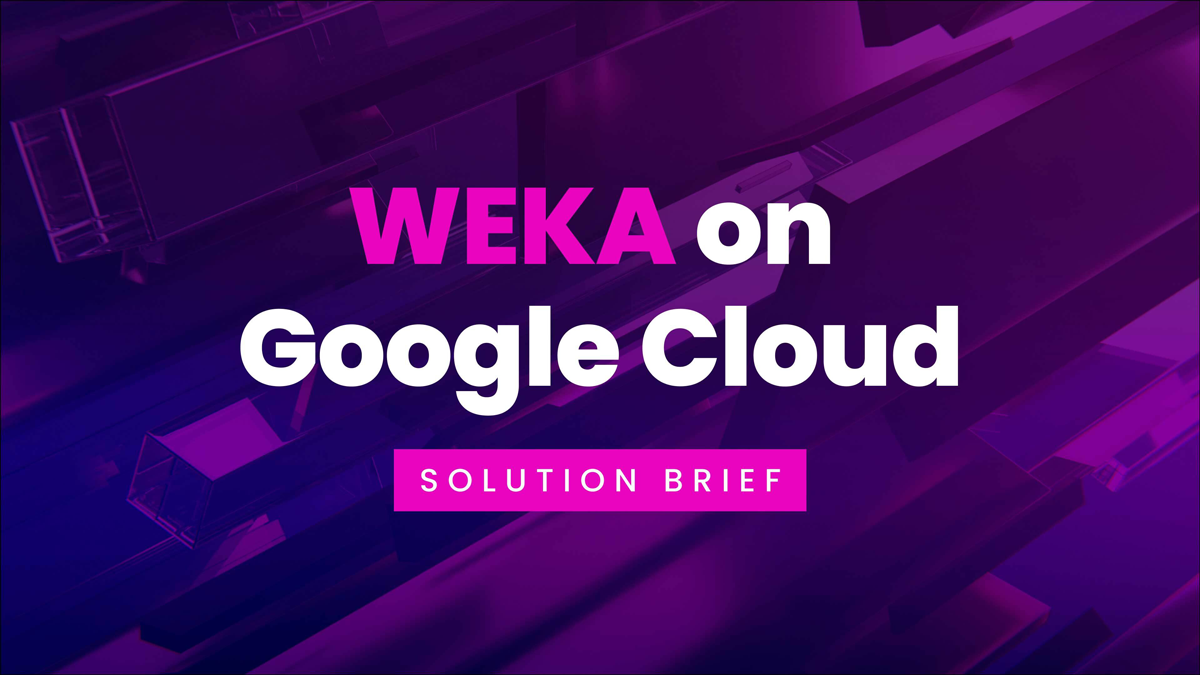What is Hybrid Cloud Infrastructure?

Not all cloud infrastructures are created equal. With the different systems, configurations, and hardware, it’s critical organizations have some control over their system.
What is hybrid cloud infrastructure? Hybrid cloud infrastructure is the seamless integration of public and private cloud systems to provide control over costs, security, and resource provisioning.
What Is Hybrid Cloud?
A hybrid cloud integrates private and public cloud components into a single architecture that leverages both advantages without incurring the limitations of either to a significant degree.
As a quick breakdown, public and private cloud architectures come with both benefits and challenges:
- Public Cloud: Public cloud instances are by far the most common and involve several logically-separated tenant instances sharing physical hardware resources (storage, processing, etc.). Because these resources are shared, it’s much easier to provision them rapidly for client use. This means the public cloud is much easier to scale and costs far less. However, the drawback is that the tenants have much less, if any, control over the underlying infrastructure of the system. Furthermore, public cloud environments can pose security challenges demonstrating too much risk in some industries (national defense, healthcare, etc.).
- Private Cloud: Conversely, private cloud systems involve single-tenant hardware resources often (but not always) managed on-prem. The tenant has much more control over these systems’ hardware and software configurations and enjoys higher levels of security to boot.
On the other hand, dedicated private cloud infrastructure is often prohibitively expensive, particularly when trying to scale.
Hybrid cloud infrastructure is the seamless combination of these two types of cloud architectures. Organizations can leverage the benefits of the private cloud (security, control) while scaling out into public cloud systems for large-scale processing and business application use.
Defining Characteristics of Hybrid Cloud vs Multi Cloud
Hybrid cloud infrastructure is fundamentally different from other cloud systems, including multi cloud systems, because of a few key characteristics:
-
- Resources Work Together: Hybrid cloud infrastructure is identified by how the public and private components of the system work together seamlessly as a single cloud instance. While there might be significant differences in how resources are provisioned, the applications and users will not necessarily interact with those differences.
- Always Includes Private Cloud: A hybrid cloud must definitionally contain a private cloud component (unlike a multi cloud infrastructure which may include a private component but typically includes multiple private cloud systems across different vendors.
- Single Vendor: Hybrid cloud infrastructure is almost always through a single vendor, unlike multi cloud environments that pool resources from several vendors.
As a quick and fast rule, a hybrid cloud is a unified public-private system provided through a single vendor. At the same time, a multi cloud is a collection of (usually public) cloud instances orchestrated across multiple vendors.
What Are the Components of Hybrid Cloud Infrastructure Design?
A few fundamental components are usually part of any hybrid cloud infrastructure. These include:
-
-
- Public and Private Cloud Instances: The hybrid cloud infrastructure will include both public cloud and private (or on-prem) servers.
- Networking: Hybrid cloud networking is important to facilitate communication between private and public cloud resources. Organizations use WAN, LAN, VPN, and other cloud networking capabilities to accomplish this task. These offerings are increasingly built around a zero-trust model that includes strong security guardrails and access controls.
- Data Fabric: “Data fabric” is a relatively new term that refers to software solutions that unify the architecture of the cloud system above the hybrid cloud infrastructure. Think of it as a weave or net that provides multiple avenues of connectivity and communication between cloud storage, processing, and network clusters.
- Unified Management Tools: Administrators and scientists need to have the capability to manage these resources from a central location. Unified management tools provide the cockpit for this kind of management. Unified management tools can include cloud-wide IAM controls, network segmentation, logging and SIEM functions, performance and resource management, compliance management, and data governance solutions.
-
When Is Hybrid Cloud Suitable for My Organization?
Hybrid cloud infrastructure is a common and useful platform upon which organizations can build business and research applications. The strength and flexibility of using both public and private cloud systems can help these organizations granularly control their infrastructure while getting the power they need for heavy workloads.
Some of the core benefits of hybrid cloud infrastructure for an organization include:
-
-
- Granular Controls Where Needed: The benefit of private cloud infrastructure is that it allows more control over the hardware and software of that system. However, when it’s simply not feasible or necessary to have that kind of control over an entire infrastructure, hybrid splits the difference so that expensive private cloud infrastructure is only deployed when and where it is needed.
- Cost-Effective Scaling: Public cloud resources scale at a much smaller cost than other options. With a hybrid cloud solution, your organization can provision public resources to handle scaling demand without breaking the bank on private infrastructure. One technique, called “cloud bursting,” uses the rapid deployment and provisioning of public resources during times of high demand that can be unprovisioned when demand is over.
- Managing Compliance and Security: While performance is incredibly important, so is security and compliance. A hybrid system allows your organization to properly deploy and configure security settings for specific data collections without losing that control on a public-only cluster of servers. That means secure data remains secure on a private infrastructure while less-sensitive data can be processed on a public infrastructure.
- Flexibility: With a hybrid cloud approach, organizations can choose the optimal deployment model for each application to meet customer experience and business needs.
-
Note that a hybrid cloud isn’t suitable for every project. Smaller companies, companies that aren’t conducting sensitive or high-intensity workloads, or companies that need backup or office suites will find the hybrid cloud a bit of an overkill over general public cloud offerings.
Leveraging Hybrid Cloud Infrastructures with WEKA
Hybrid cloud infrastructure does shine when organizations need a deep and complex feature set that gives them a lot of control over their system, flexibility in their deployment options, and a lot of ways to help them manage costs.
WEKA enables many hybrid cloud scenarios including:
-
-
- Increase scalability with burst to cloud
- Empower distributed teams with hybrid cloud workflows
- Decentralized data collection and centralized data analysis
- Follow the sun development and content collaboration workflows
-
Contact our team of experts to learn more about WEKA and hybrid cloud infrastructure.





